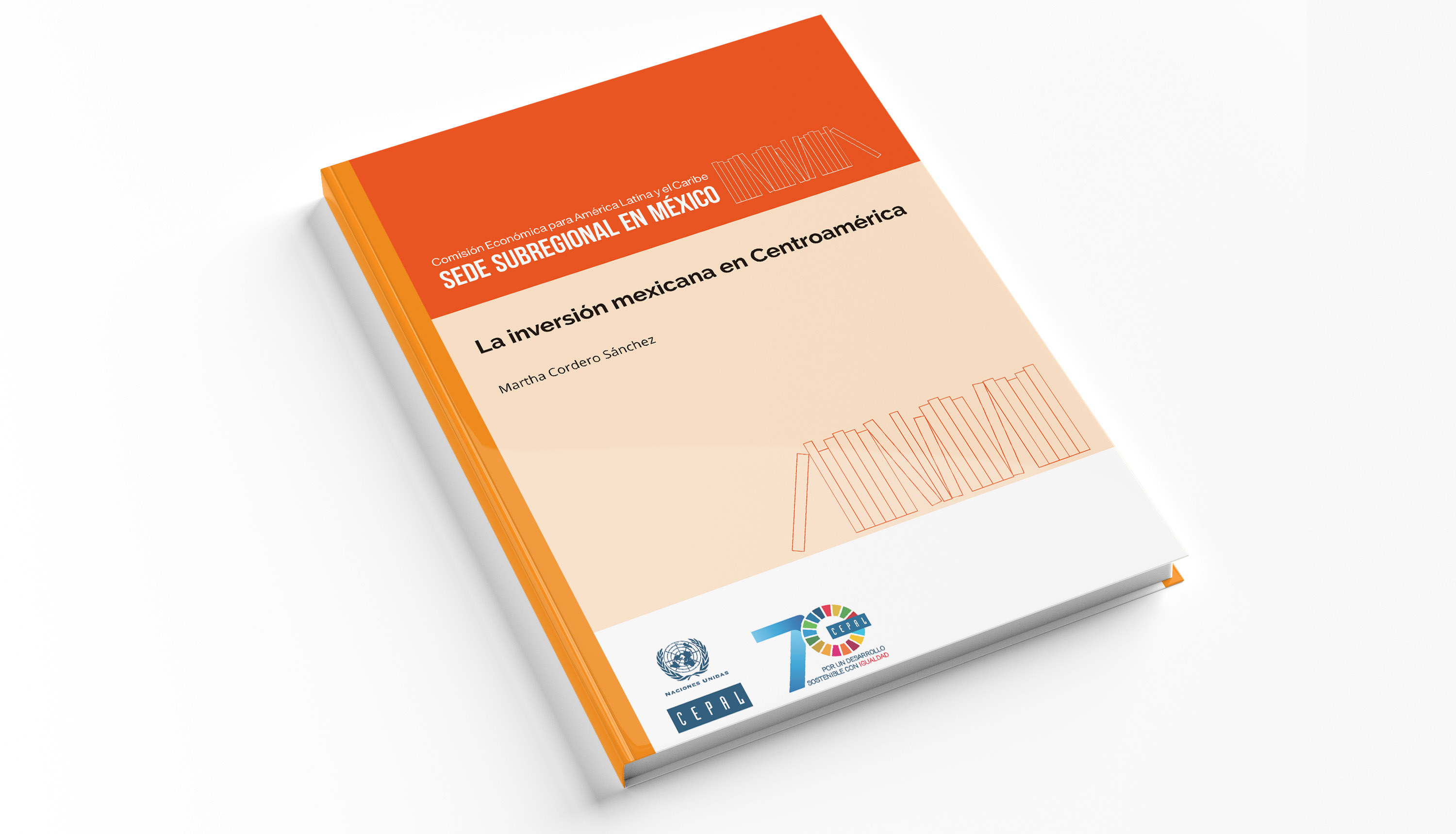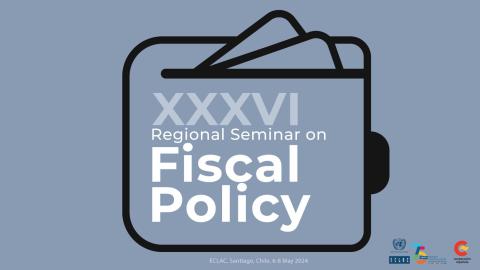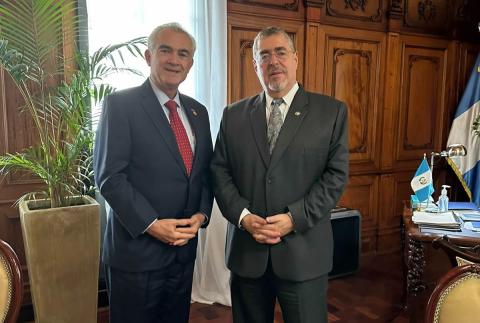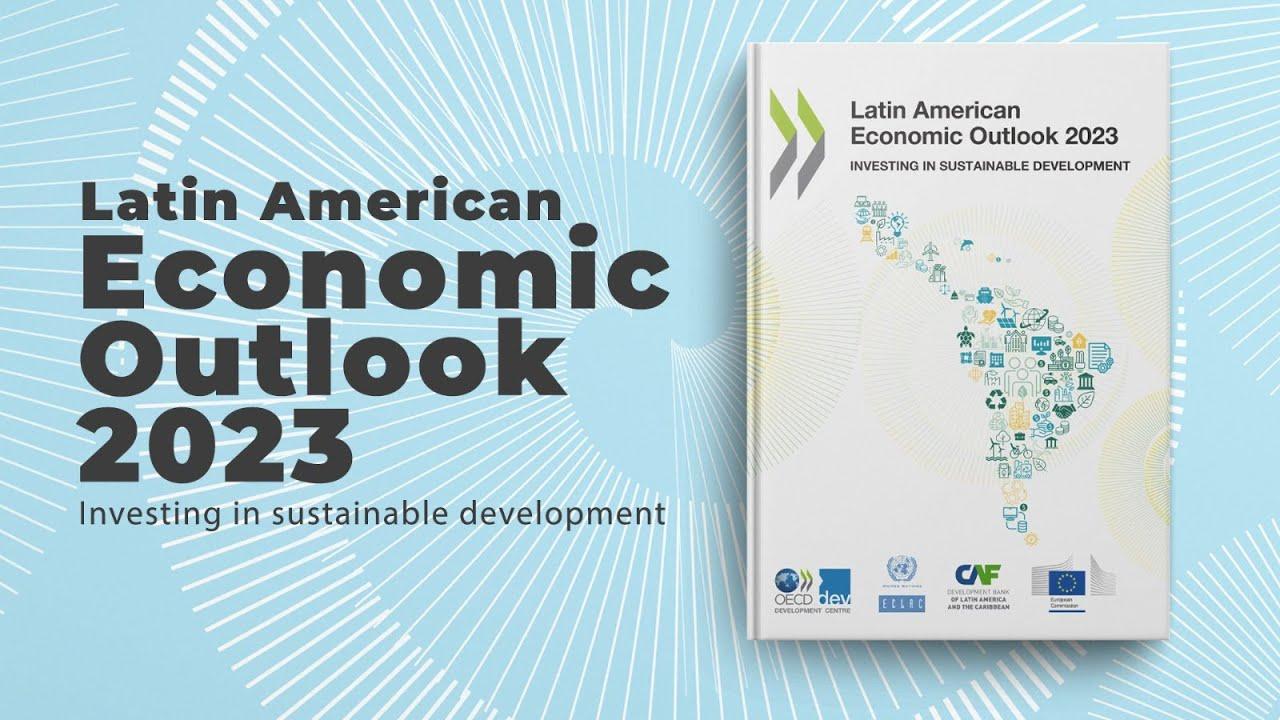Announcement
Mexico’s Foreign Direct Investment (FDI) has increased during the 2009-2017 period in the Central American region, but it has shown less dynamism than the total amount of investment abroad, according to the document Mexican investment in Central America (in Spanish only), published recently by ECLAC’s Subregional Headquarters in Mexico. This reduced dynamism suggests that Mexican companies have readjusted their investment strategies, the study indicates.
Mexico figures as the second-biggest investor in nearly all Central American countries, with the exception of Panama, where its FDI has been lower. From 2009 to 2017, Mexico made most of its investments in Costa Rica (24%) and Guatemala (23%), followed by El Salvador (19%), Honduras (17.5%), Nicaragua (8.6%) and Panama (7.7%). Nonetheless, Mexican investment has greater significance in the economies of Guatemala, Honduras and Nicaragua than in Costa Rica and El Salvador, the report notes.
According to the publication, the biggest Mexican FDI flows to Central America went into services, especially telecommunications, and manufacturing. Furthermore, the economic sectors receiving Mexican FDI point to a certain degree of specialization by country. In the case of Costa Rica, there is a preponderance of other services, which could indicate a country selection process based on its educational levels, the presence of other global companies, and the economy’s specialization.
In Guatemala, investment in the manufacturing sector, as well as in services, could be linked to the economy’s size and its proximity to southern Mexico. In Nicaragua, investment in industry also stands out, which may be related to its workforce, its tax incentives, and the natural assets that the country offers for agribusiness.
The study adds that most Mexican companies base their competitiveness in Central America on their degree of internationalization and organizational experience, their knowledge of the sector, and the application of new technologies and innovations to the products and services they offer. Nevertheless, it explains, there are also cases in which Mexican companies base their comparative advantage on low prices and the distribution of strategic products.
In addition, the research indicates that while Mexico has maintained its investment position, data shows that Colombian FDI has surpassed the accumulated amount of Mexican investment in the region since 2011. Although the biggest share of Colombian investment is concentrated in Panama, its investment position has changed in all the Central American countries. And in the cases of Costa Rica, El Salvador and Guatemala, Colombian investment nearly matched that of Mexico.
Regardless of this, the report concludes that Central America continues to be a potential market for new Mexican companies, above all those specialized in new sectors, or small and medium-sized ones, as well as in little-explored sectors such as tourism, renewable energy and new technology-related services.
COLOMBIA AND MEXICO: AMOUNTS OF FOREIGN DIRECT INVESTMENT IN CENTRAL AMERICA 2009-2017
(In millions of dollars)
Source: Prepared by the author based on International Monetary Fund information.




